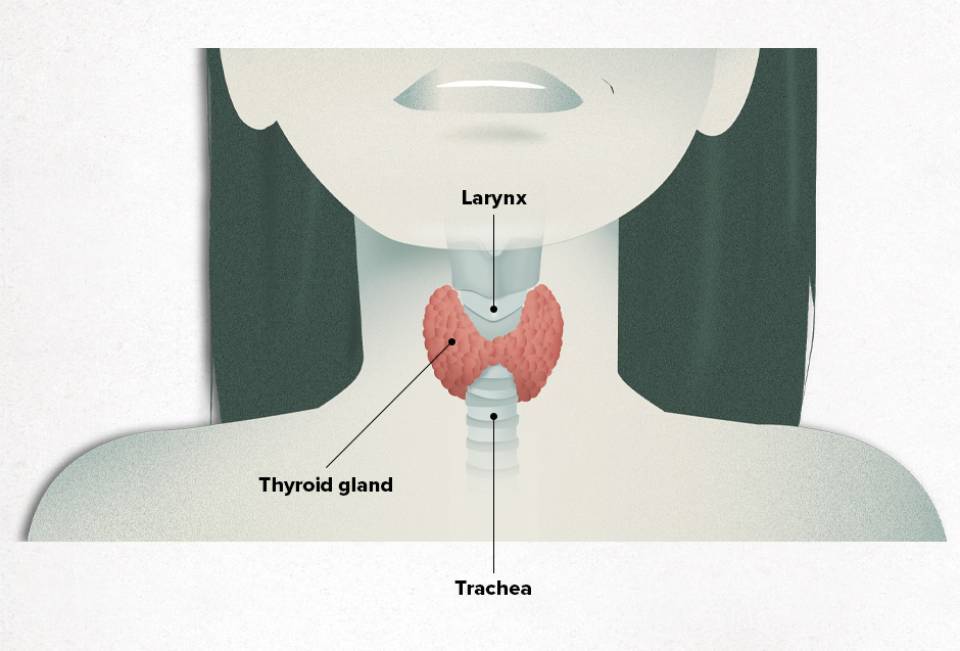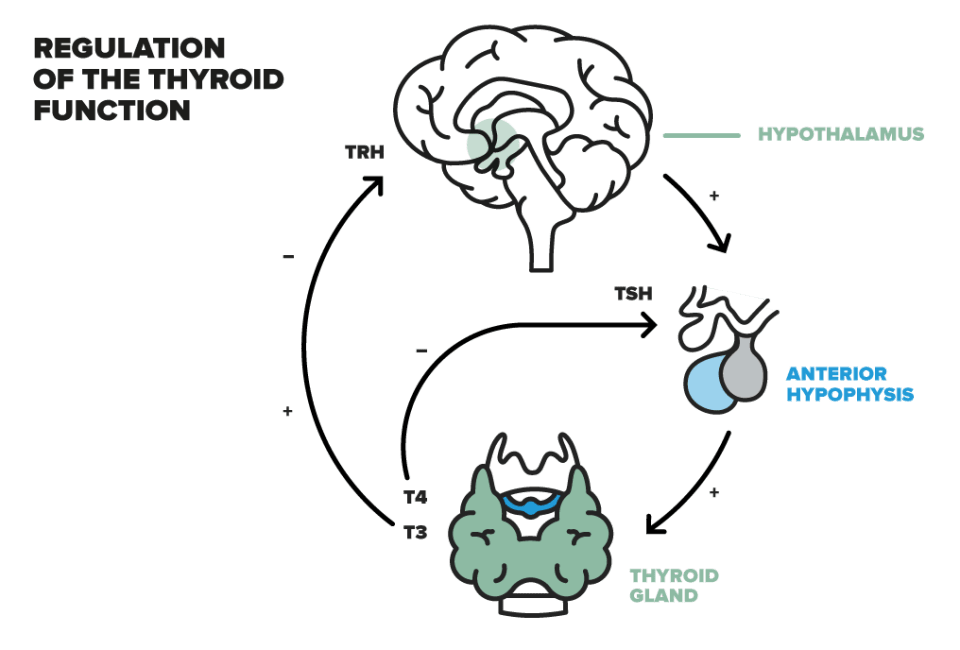Substantiated information by:


Published: 31 May 2021
Updated: 31 May 2021
Subscribe
Receive the latest updates related to this content.
Thank you for subscribing!
If this is the first time you subscribe you will receive a confirmation email, check your inbox








